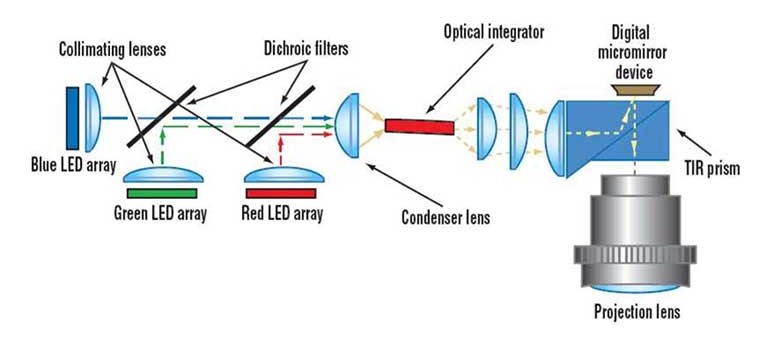- Home
- All Reviews
- By Category
- By Manufacturer
- Best Projectors for 2024
- Best 4K Projectors for 2023
- Best Laser TVs For 2023
- Best Short Throw Projectors For 2023
- Best Gaming Projectors For 2024
- Best Home Theater Projectors For 2024
- Best Bright Budget-Friendly Outdoor Projectors
- Best Battery Powered Outdoor Projectors
- Best Outdoor Projection Screens
- Best Projectors for 2024
- Industry News
- Reports
- Projector Manufacturers
- Manufacturer Terminology
- Manufacturers
- Recent Articles
- Custom Integration
- Projection Terms
- Projector Manufacturers Categories
- Videos
- Blog
Close
Menu
- All Reviews
- By Category
- By Manufacturer
- Best Projectors for 2024
- Best 4K Projectors for 2024
- Best Short Throw Projectors For 2024
- Best Projectors Under $1,000 For 2024
- Best Projectors Under $500 For 2024
- Best Laser TVs For 2024
- Best Gaming Projectors For 2024
- Best Home Theater Projectors For 2024
- Best Bright Budget-Friendly Outdoor Projectors
- Best Battery Powered Outdoor Projectors
- Best Outdoor Projection Screens
- Best Outdoor Projectors For 2024
- Best Projectors On Amazon In 2024
- Best Portable Projectors For 2024
- Best Projectors for 2024
- Latest News
- Reports & Guides
- Manufacturers
- Articles
- Custom Integration
- Projection Terms
close

 The resolution and performance of DLP chips have improved with each successive generation. Native resolution has increased up to WUXGA (1920 x 1200). While a DLP chip does not have 8.3 million mirrors, it can deliver a perceived resolution of 4K (3840 x 2160).
DLP XPR technology leverages the immense speed of the DMD (Digital Micromirror Device) to process pixels faster than the rate of the video signal. This speed is how DLP can utilize one imaging chip to create multiple colors and multiple pixel locations.
In the earlier DMD designs, the pixel would only pivot on or off using one hinge and axis. The XPR chip tilts in 4 directions and operates fast enough for our eyes to see all the pixels and perceive the entire image all at once.
While the newest 0.47″ DMD chips only have about 2.1 million mirrors, they can deliver a perceived resolution of 8.3 million pixels. This system works so well that it would be difficult for any viewer to see a difference in resolution from a native 4K UHD (8.3 megapixels) imager.
The resolution and performance of DLP chips have improved with each successive generation. Native resolution has increased up to WUXGA (1920 x 1200). While a DLP chip does not have 8.3 million mirrors, it can deliver a perceived resolution of 4K (3840 x 2160).
DLP XPR technology leverages the immense speed of the DMD (Digital Micromirror Device) to process pixels faster than the rate of the video signal. This speed is how DLP can utilize one imaging chip to create multiple colors and multiple pixel locations.
In the earlier DMD designs, the pixel would only pivot on or off using one hinge and axis. The XPR chip tilts in 4 directions and operates fast enough for our eyes to see all the pixels and perceive the entire image all at once.
While the newest 0.47″ DMD chips only have about 2.1 million mirrors, they can deliver a perceived resolution of 8.3 million pixels. This system works so well that it would be difficult for any viewer to see a difference in resolution from a native 4K UHD (8.3 megapixels) imager.